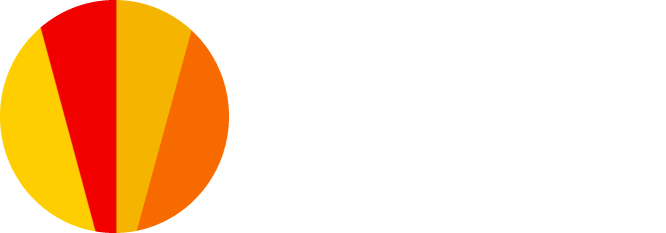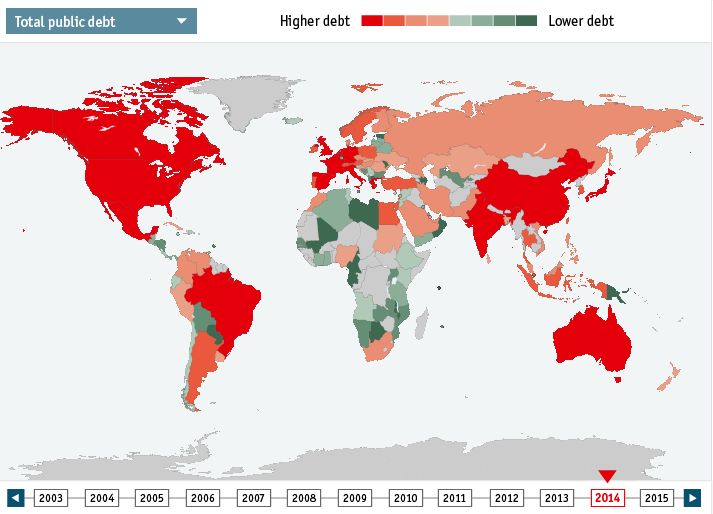
Jedna z nejliberálnějších společností v regionu dává přednost konzervativnějším pokrývkám hlavy. (Následuje text v angličtině.)

Wearing some form of head covering in public is an important sign of Islamic identity in many Muslim-majority countries, but there is considerable variation in the extent to which women are expected (and sometimes mandated) to cover up.
A recent Pew report, based on a survey conducted by the University of Michigan’s Institute for Social Research from 2011 to 2013 in seven majority-Muslim nations, reveals just how widely opinions about female attire differ in the region.
The researchers asked the respondents in each country, “Which one of these women is dressed most appropriately for public places?” while showing them this panel:

In the full paper, the study’s authors explain that “style #1 is en vogue in Afghanistan; #2 is popular among both conservatives and fundamentalists in Saudi Arabia and other Persian Gulf Arab countries; #3 is the style vigorously promoted by Shi’i fundamentalism and conservatives in Iran, Iraq, and Lebanon; #4 and #5 are considered most appropriate by modern Muslim women in Iran and Turkey; and #6 is preferred by secular women in the region.”
The fourth style, a white hijab that fully covers the hair, ears, and neck, was the most popular across all of the nations on average, while a fully uncovered look (#6) was only embraced among the comparatively liberal Lebanese.

The authors also asked participants if women should be able to choose how they dress, and majorities in only two countries—Turkey and Tunisia—agreed.
A country’s economic development, it seems, had little correlation with preferences for a less-conservative veil. One of the richest countries of the lot, Saudi Arabia, also had the most people saying they preferred a black niqab that covers the entire face.
Instead, the authors found that dress preferences tracked most strongly with each country’s level of gender equality and social freedoms.
That makes Tunisia’s preference for a relatively conservative hijab particularly interesting, since Tunisians hold otherwise relatively liberal values: The country showed tepid support for an Islamic government, it had the most respondents who were supportive of a woman’s right to dress as she wishes, and it also had the largest percentage of people disagreeing with the idea that university education is more important for boys than for girls.
And while respondents in all of the countries rated their own country as more moral than the U.S., Tunisians were the most likely to say they’d want Americans as neighbors.

At the very least, the survey shows that there’s more to wearing a veil than conservative Islamic values.
Zdroj: The Atlantic.com





